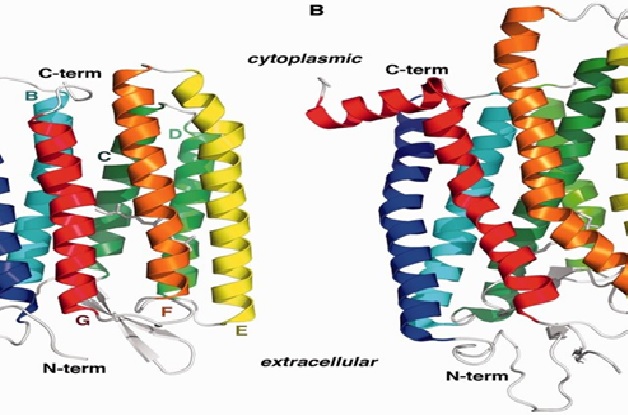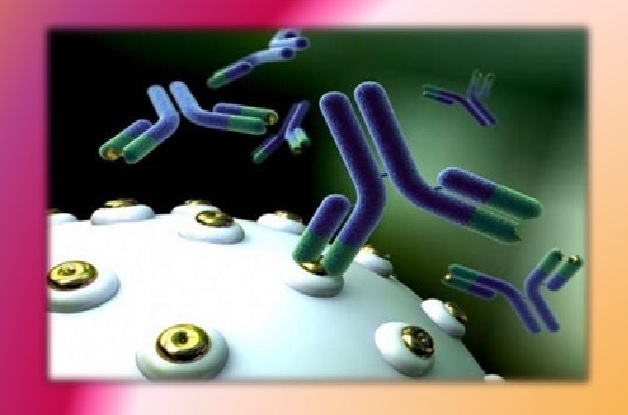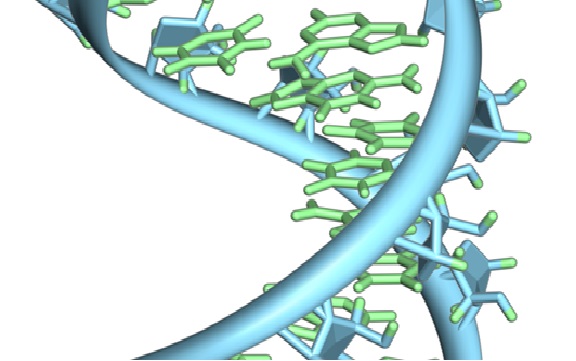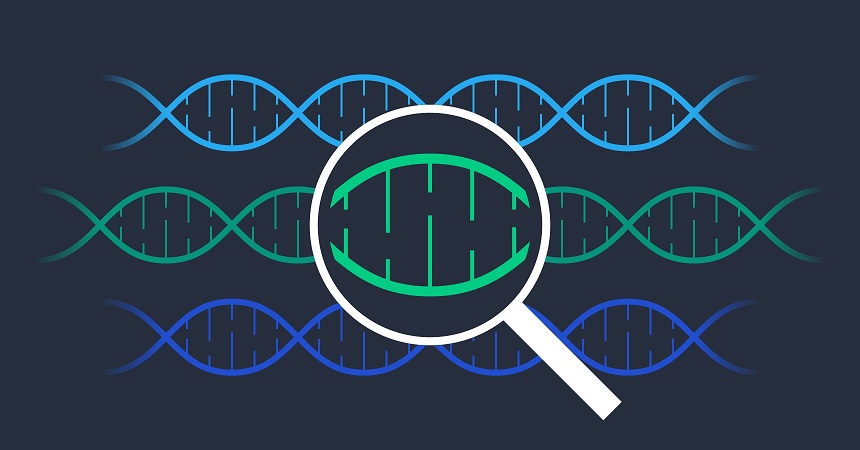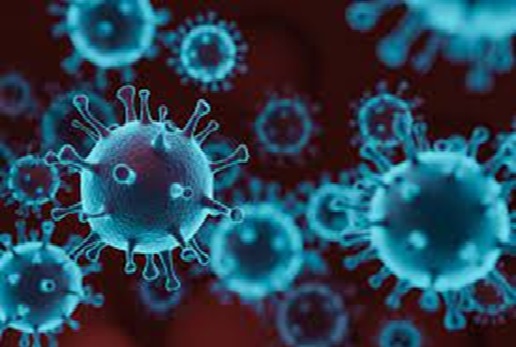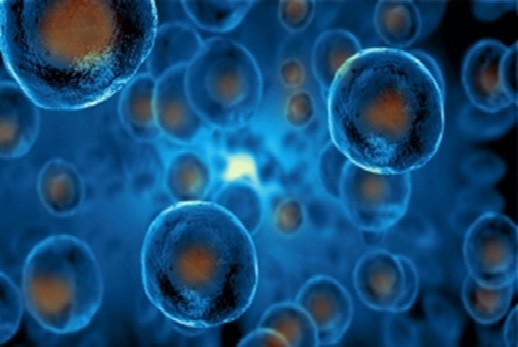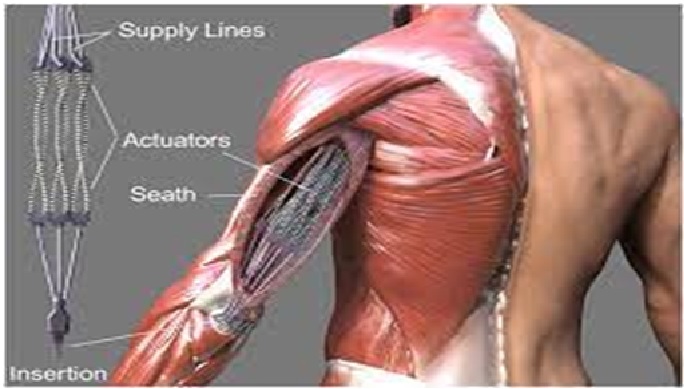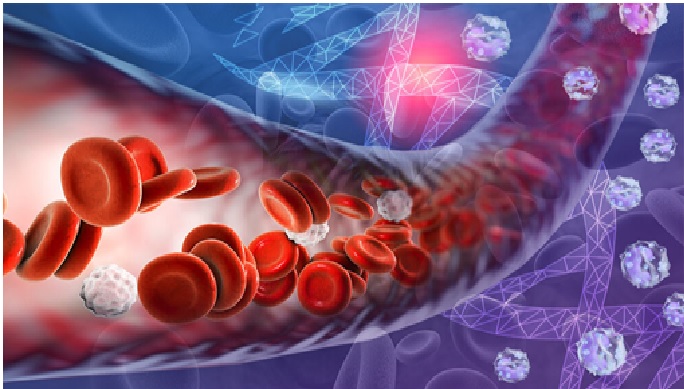Palm vein Authentication Technology
Tiny biological computers made of DNA could revolutionize the way we diagnose and treat a slew of diseases, once the technology is fully fleshed out. However, a major stumbling block for these DNA-based devices, which can operate in both cells and liquid solutions, has been how short-lived they are. Just one use and the computers are spent. Now, researchers at the National Institute of Standards and Technology (NIST) may have developed long-lived biological computers that could potentially persist inside cells. [1]
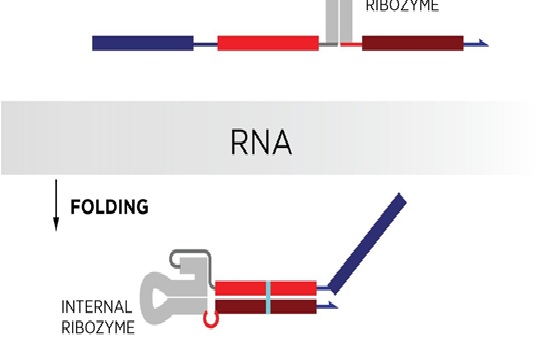
Figure 1. Revamped Design Could Take Powerful Biological Computers from the Test Tube to the Cell
Figure 1 shows in a paper published in the journal Science Advances, the authors forgo the traditional DNA-based approach, opting instead to use the nucleic acid RNA to build computers. The results demonstrate that the RNA circuits are as dependable and versatile as their DNA-based counterparts. What's more, living cells may be able to create these RNA circuits continuously, something that is not readily possible with DNA circuits, further positioning RNA as a promising candidate for powerful, long-lasting biological computers. [1]
Much like the computer or smart device you are likely reading this on, biological computers can be programmed to carry out different kinds of tasks. By assembling a specific sequence of bases into a strand of nucleic acid, researchers can dictate what it binds to. A strand could be engineered to attach to specific bits of DNA, RNA or some proteins associated with a disease, then trigger chemical reactions with other strands in the same circuit to process chemical information and eventually produce some sort of useful output. [2]
The experiments involved exposing different circuits to pieces of RNA—some of which, the circuits were designed to attach to—and measuring the output of the circuits. In this case, the output at the end of each circuit was a fluorescent reporter molecule that would light up once the final gate was unlocked.
The researchers also tracked the rate at which the gates unlocked as the circuits processed inputs and compared their measurements to the predictions of computer models.
In this study, the authors demonstrated that transcribable circuits work, but they have not produced them using the real cellular machinery of transcription yet. Instead, machines synthesized the nucleic acids through a process similar to that used to produce DNA for research. Taking the next step would require inserting DNA into the genome of an organism, where it would serve as a blueprint for RNA circuit components. [3]
References:
- https://phys.org/news/2022-03-revamped-powerful-biological-tube-cell.html
- https://www.sciencedaily.com/releases/2022/03/220323151655.htm
- https://akex.ca/revamped-design-could-take-powerful-biological-computers-from-the-test-tube-to-the-cell/
Cite this article:
Thanusri swetha J (2022), Revamped Design Could Take Powerful Biological Computers from the Test Tube to the Cell, AnaTechMaz, pp. 40


